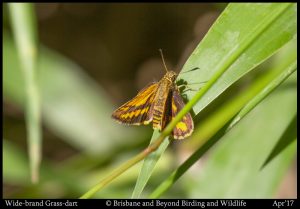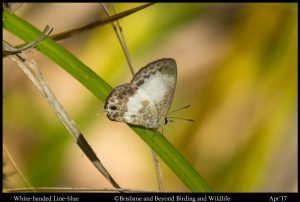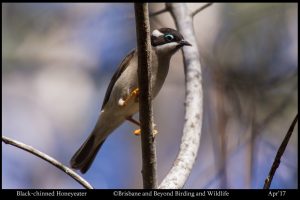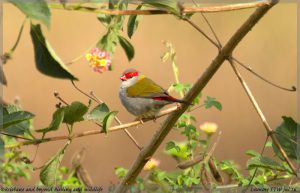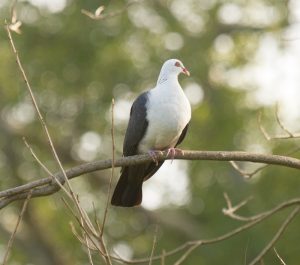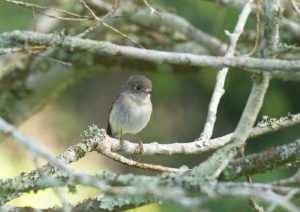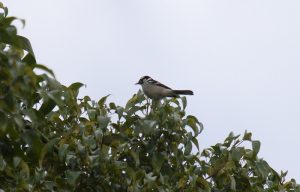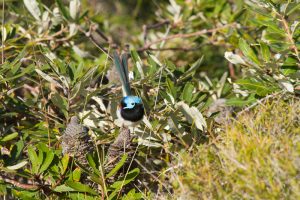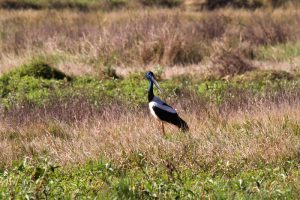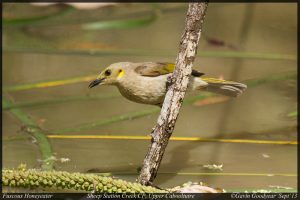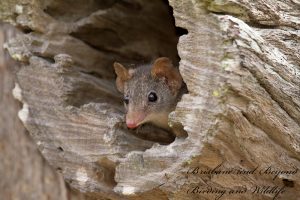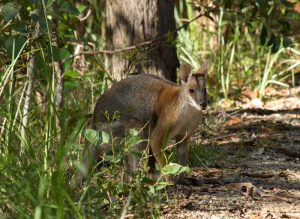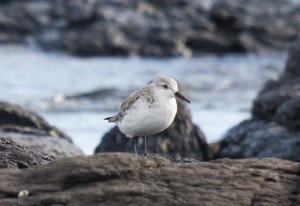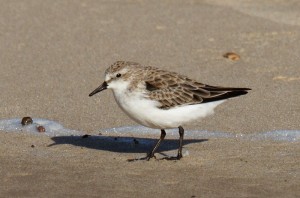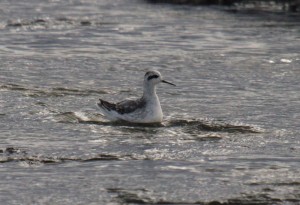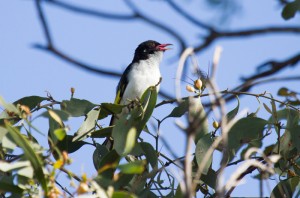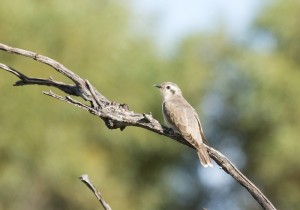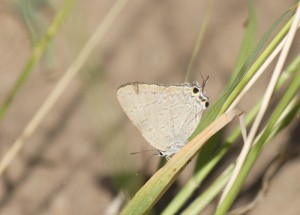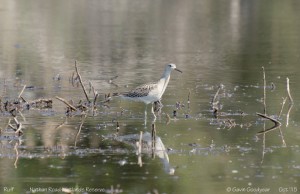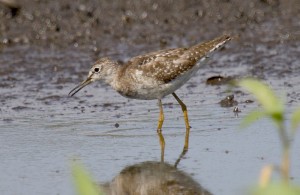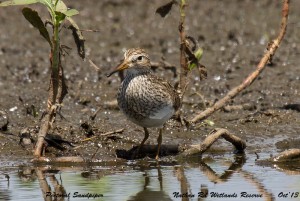I recently went birding with Mikael from Sweden around a few spots in the Greater Brisbane area as well as Noosa and the Border Ranges NP in NE NSW.
The target list was short but being this time of year I wasn’t too confident in finding a few things he was after.
First stop was at Sandy Camp Road wetlands straight from the airport. The targets here were Australian Little Bittern and Spotless Crake. Mid morning during a heat wave was not the best time and as such not sight nor sound of these species on the day. A few other birds were around as well as a few Eastern Water Dragons (common around Brisbane).
Next port of call was Dowse Lagoon at Sandgate to look for the long staying Musk Duck which was quickly located in front of the Keogh Street platform along with a few other birds
, butterflies and dragonflies.
An unsuccessful attempt was made for Powerful Owl at Slaughter Falls in the afternoon but a few birds and butterflies were observed.
After dropping Mikael’s gear off at Mountain Rest Birders Cottage we made a trip to Dundas in the late afternoon to try for Plum-headed Finch. No luck with Plum-heads today but several Chestnut-breasted Mannikins . On the macropod front we saw Eastern Grey Kangaroo and a few Whiptail (pretty-face) Wallabies.
After dark we went for the first night drive which was very quiet all round although we did get a Carpet Python and one of Mikael’s targets in the form of a Sooty Owl. This bird was a little distant but still gave great views sitting in the open calling consistently.
The next day saw us head off early down to the Border Ranges area. En route we had numbers of White-throated Needletails at Beaudesert
, several Red-necked Wallabies on the Queensland side of the border at Cougal, a small flock of Pacific Swift at Lynches Creek low over a paddock and a few other bits and pieces. The target in this area was Rufous Scrubbird and after a moderate search Mikael got onto a bird that made a dash along a fallen log. Despite checking several other territories this was the only bird we recorded over several hours.
Later that day we birded around Mountain House getting a few nice birds while we waited for dusk to get White-throated Nightjar. I was surprised to see a Richmond Birdwing butterfly in the late afternoon here. The nightjars started calling after dark and poor views were had. We then went for a night drive along Northbrook Parkway and were rewarded with Subtropical Antechinus, Greater Glider and Common Ringtail Possum. Two nice species of snakes rounded off the night – Eastern Bandy-bandy and Golden-crowned Snake. Mikael was very proficient with the torch picking up most of the mammals and birds that we saw on the night drives while I drove.
Thursdays main stop was Noosa to successfully see Black-breasted Button-quail. A few other common birds were found here as well with Mikael getting a brief view of a Frigatebird that was most likely Lesser. Plenty of Green Turtles and a few Spotted Eagle Rays – including one individual leaping from the water – added to the experience. Just before Noosa we stopped at Sunrise Beach to look for Glossy Black-cockatoo with no joy but were slightly compensated with a low roosting Tawny Frogmouth.
After leaving Noosa we had a quick look at Jimna for Glossy Blacks but again no luck and this species evaded us for the duration of Mikaels visit. Following on from Jimna we visited a site at the northern end of the D’aguilar Range for Brush-tailed Rock-wallaby. Back at Mountain House for dusk where better views of White-throated Nightjars were obtained. On our night drive we added Common Dunnart and Bush Rat to the list of mammals
, Brown Tree Snake and great views of Marbled Frogmouth sitting out in the open which Mikael picked up with the torch as we drove past. The male flew in while we were there to join the female. Australian Owlet-nightjar was heard as well.
Last day saw us stopping at Wivenhoe Outlook for some skinks in the form of Major Skink, Dark Bar-sided (Martin’s) Skink, and Bar-sided Forest-skink before heading out to Crossdale and getting Plum-headed Finch and a couple of other things. A quick stop at Lowood to peruse the flying Fox colony saw us looking at three species of megabat plus a Koala thrown in for good measure. After this it was off to the airport to drop Mikael off for the next leg of his visit.

